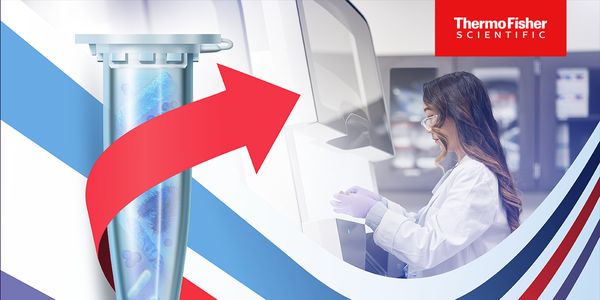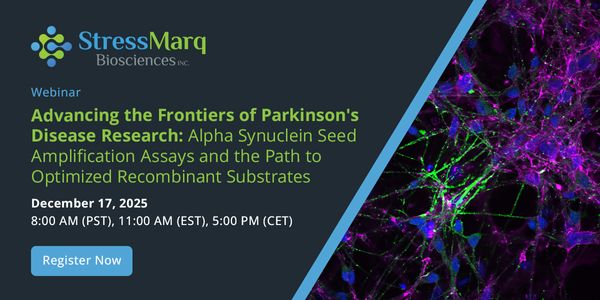Resistance To Darunavir and Fifth Generation HIV Protease Inhibitors
HIV-1 replicates in the body as a large viral population. Along with its high error rate during viral DNA synthesis and its short replication time (24 hours), the virus maintains sequence diversity within the viral population. The application of selective pressure results in the differential outgrowth of sequence variants that are more fit in the presence of the selective pressure. The evolution of drug resistance is an example of minor drug resistant variants growing out in the face of a new selective pressure. For HIV-1, the availability of three potent antiviral drugs with different resistance pathways allowed for combination treatment that suppresses viral replication and precludes the evolution of drug resistance. The same three drugs given sequentially would give rise to resistance against all three. Combination therapy results in the rapid collapse of the viral population emphasizing the role population size plays in allowing the evolution of resistance. Antiviral drugs can be evaluated for their potency (the ability to inhibit viral replication) and the size of the genetic barrier to resistance (the number of mutations that must evolve to overcome the potency of the drug). HIV-1 protease inhibitors are unique among anti-HIV-1 drugs in that they have very high potency and they also have a very high genetic barrier to resistance. The viral protease is essential in the virus life cycle. In the absence of protease activity, uncleaved viral precursor proteins form an immature and noninfectious particle. HIV-1 protease inhibitors mimic the protease cleavage site with very tight binding to the protease to block its activity. The current most potent protease inhibitor is darunavir, which reaches levels in the blood that are nearly 1000-fold higher than needed to inhibit virus in cell culture. We will examine the pathway to resistance to darunavir and consider the next generation of protease inhibitors with even greater potency.






